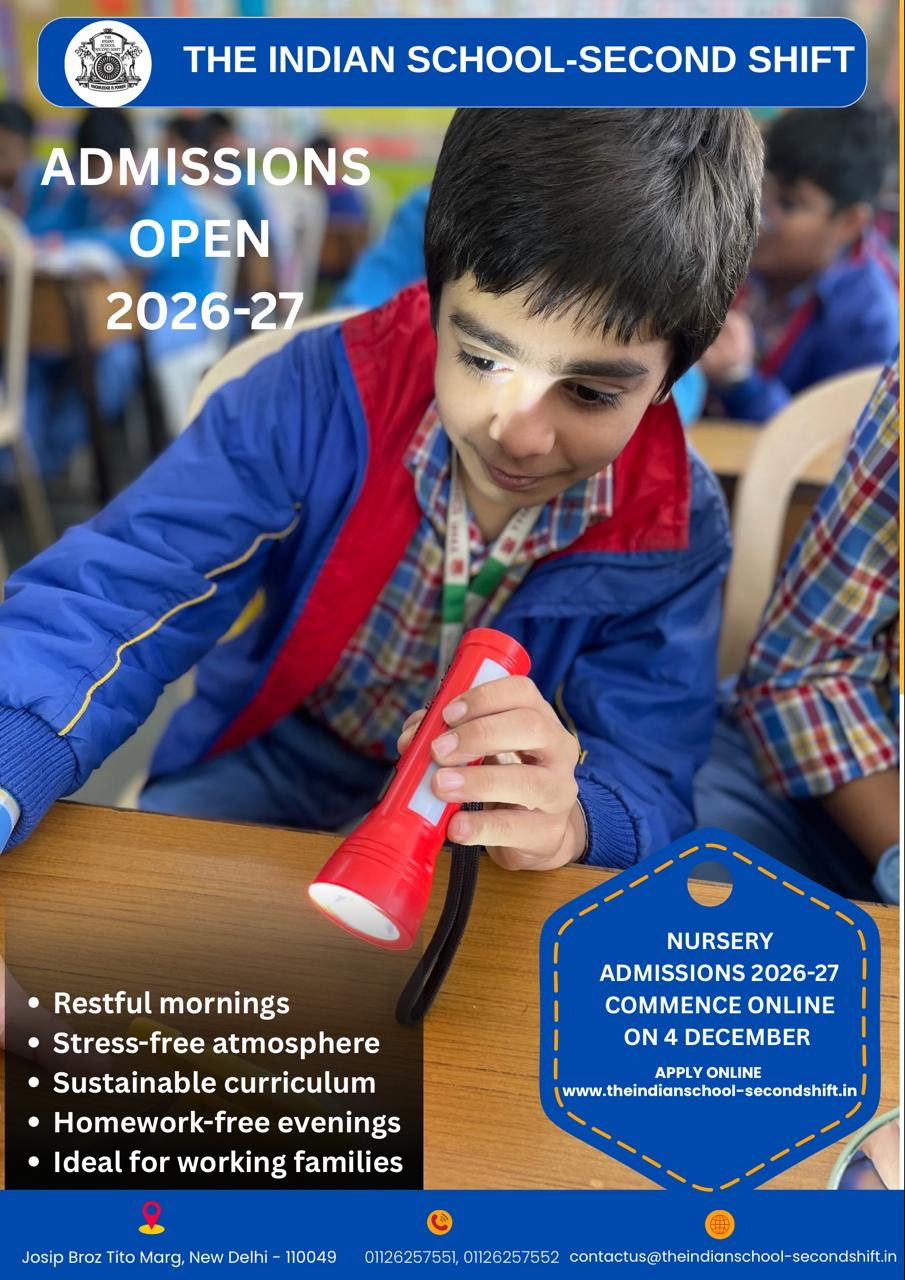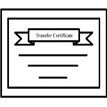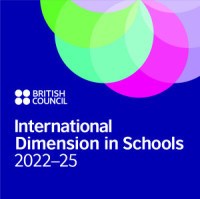Teacher workshop on Multiple Intelligences
An interactive webinar for teachers was conducted on 28 June 2020 by Ms Tania Joshi and Ms Sukhmeen Cheema to acquaint everyone with the concept of Multiple Intelligences. The session was attended by 126 teachers of TIS and TFS. The session was aimed to familiarize teachers with the theory of multiple intelligence, and its application in the class.
The session commenced with facilitator, Ms Joshi asking the participants about the theorist who conceptualised the term ‘Multiple Intelligence’. A short clip from an interview was presented for everyone to understand Howard Gardner's findings from his elaborate research.
Ms Joshi facilitated a discussion about the varied skills of the different learners in the school. Teachers eagerly shared the profiles of different students exhibiting multiple intelligences across the classes.
Ms Joshi began by explaining that the theory of multiple intelligence differentiates intelligence into specific modalities, debunking the age old assumption of equating academic achievement and intelligence. As classes have now gone online, how different websites and apps can be leveraged to cater to the diverse needs of different learners was explained by Ms Cheema. Virtual tools already available online can be used to make lesson plans more effective.
Each intelligence was taken up by the facilitators in detail using a presentation, namely Verbal- Linguistic, Logical-mathematical, Bodily-kinesthetic, Musical/rhythmic, Interpersonal, Intrapersonal, Naturalistic and Visual-spatial.
As explained by the facilitators; persons with high Verbal-linguistic intelligence learn better through the use of words and language. They have the ability to effectively use language to express, rhetorically or poetically. Writers, educators, lawyers and speakers are among those who possess a higher linguistic intelligence. Websites and applications that can be used by a teacher in the class to stimulate learners with high verbal – linguistic intelligence were delineated. Podbean can be used to create and listen to various podcasts. Blogging can also be used a tool to aid learning.
Logical-mathematical intelligence consists of the capacity to analyse problems logically, carry out mathematical operation and reasoning. Scientists, mathematicians are among those who fall in this category. Learners with high logical-mathematical intelligence learn better with data. Different data analysis tools can be used for these learners such as Timetoast, survey monkey to expedite teaching learning process.
Visual-spatial intelligence involves the potential to visualise the world in 3D. Architects and artists are among the ones who fall in this category. Virtual tools such as Padlet, Bubbl.us can be used to organise information in a visual form for learners with high visual spatial intelligence.
Music/rhythmic intelligence encompasses the capacity to recognise and compose musical pitches, tones, and rhythms. Teachers can include various videos and music for classroom projects. Applications such Audacity and Garagebands can be introduced to these learners which let the users build music from scratch.
Bodily and kinesthetic intelligence is the ability to use body movement in highly differentiated and skilled ways. Including applications that cater to a person’s tactile sense can benefit such learners. Coding tools such as scratch can be used in the class to make codable robots. Websites such as Twiddla provides opportunities for these learners to engage kinesthetically on the virtual domain.
An intrapersonal learner is someone who prefers working alone. Such individuals prefer to set individual goals and learn best through met cognitive practices. Researchers, entrepreneurs are among those who possess this intelligence. Blogging, discussion forums, researching on a specific topic can be used as a tool to express their artistic expression.
Learners who possess a high level of interpersonal intelligence are skilled in dealing with other people. These learners benefit from collaborative learning. Video conferencing tools such as skype and social media can be used to collaborate with different students across states/countries.
Naturalist intelligence involves an understanding of nature and learning through interaction with the environment. Virtual field trips can be a good medium to bring in the outside world in the class.
Teachers were encouraged to used dialogue on various issues in the classroom, with the help of visuals. Sensitive topics such as suicide can be taken up in the class to stir a discussion moderated by the teacher. Role play, GIFs and Memes can be used to make concepts interesting. The facilitators emphasised upon the value of collaborative learning and online platforms such as Nearpod and Wakelet for effective learning.
The session was concluded by giving out a reflective activity, to understand one's strength area and the other areas that the person aims to strengthen within them.










